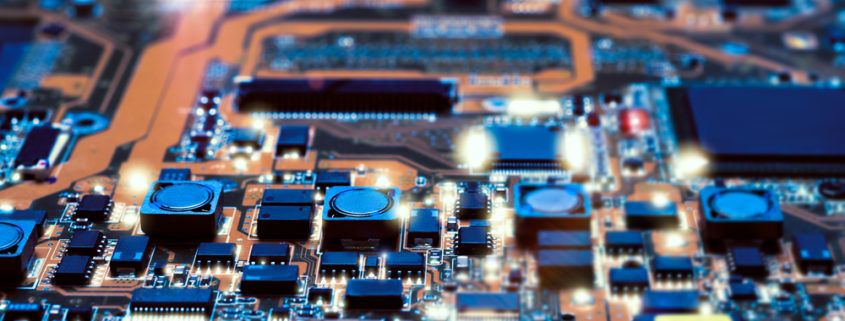System on a Chip (SOC) or CPU? Which is Better?
System on a Chip or SOC is an electronic circuit board responsible for integrating all the necessary components in electronic and computer systems.
The components consist of memory, a central processing unit, wireless radios for Wi-Fi, GPS, FM radio, Bluetooth, and 2G/3G/LTE, and USB controller. These are permanently fastened into the motherboard. While compact, fast, and reliable, these parts are not as easily replaceable, requiring finer tuning in the building process to ensure long lasting productivity.
System on a Chip (SOC) is common in single-board computers, smartphones, tablets, Wi-Fi routers, game consoles, and other computing devices. SOCs consist metal-oxide-semiconductor technology, having 2 major subsystems: functional unit and inter-module communications.
The functional unit of a SOC holds the microprocessors responsible for memory, running code, and digital signal processors while the second subsystem has the communication networks and topology.
With the power of miniaturization, all these components shrink into one single silicon chip, leaving more space for other functionalities and sections at the same time consuming less power.
Advantages of SOCs
- Lightweight
- Consumes less power
- Greater design security (both for firmware and hardware)
- Faster performance due to faster memory and faster processor
- Smaller overall cost
Drawbacks of SOCs
- Complex
- Higher or expensive initial cost
- If the design or functionality consists of smaller SOCs, it can be costly as you pay per SOC
However, in this case the advantages are worth the investment. SOC on average performs better than CPU, and here’s how:
What is a CPU?
The Central Processing Unit or CPU is commonly referred to as the “brain of the computer”. CPU is in charge of tasks like manipulating data and calculations.
A computer’s Central Processing Unit is the one responsible for doing logical input/output operations and arithmetic. Basically, the CPU picks up instructions; what to do, follows these instructions, and executes them. Every key that you press on your computer goes through the CPU to be executed.
Most of the devices that we use today to complete office tasks, research, or entertainment through video games have a CPU. While CPUs function as the core part of a computer system, they are still only a small part of the entire motherboard architecture.
Today, computer systems have multiple CPU cores keeping up with different information being received. Certainly, the more CPU cores installed on your computer, the better. They aid your machine in handling the complexity of websites, graphics, and programs. The more CPUs, the better your computer will perform.
System on a Chip vs CPU
Although CPU is bigger than a SOC, the latter has more functionality compared to a regular CPU. Therefore, based on how the world and technology are consistently changing, it will be of no surprise when regular CPUs have been completely replaced.
Interested in learning more about what we do here at Linear MicroSystems? Click here to be directed to our company overview!
Linear MicroSystems, Inc. is proud to offer its services worldwide as well as the surrounding areas and cities around our Headquarters in Irvine, CA: Mission Viejo, Laguna Niguel, Huntington Beach, Santa Ana, Fountain Valley, Anaheim, Orange County, Fullerton, and Los Angeles.






